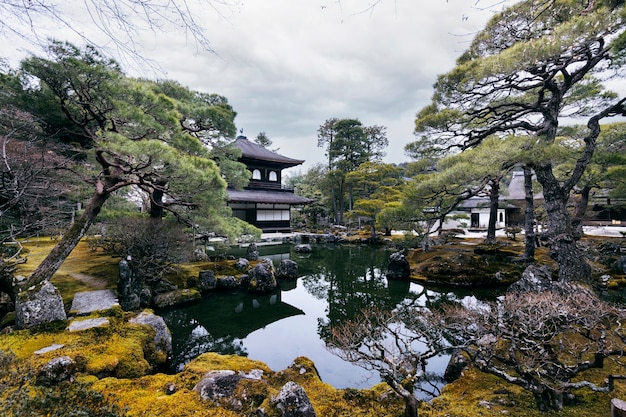
After crashing long and hard following our day in Kanazawa, we managed to get a solid 11 hours of sleep. It was just what we needed to adjust to Japan’s time zone. We woke up refreshed and eager to explore.
Once we had filled up on a hearty breakfast, we decided a walk was in order to burn off some of those calories. Luckily, nearby was the Nagamachi Samurai Residence, historically home to samurai. It piqued my interest immediately, so we headed over.
Wandering through the quaint streets, it was easy to see why samurai used to live in the Nagamachi Samurai District. The houses were remarkable, and some have been preserved to maintain the historical atmosphere. Although the area is mostly residential now, there are a few gems open to explore, like the Nomura Samurai Family House, known for its stunning gardens and rooms.
After paying a small entry fee, we toured around and strolled through the gardens. While not much information is available in English, staff are happy to help with questions when they can. We even saw ancient scrolls where a samurai gave thanks for receiving his enemy’s head—quite a surprise!
All that excitement was followed by a tea experience upstairs. We couldn’t resist, being tea lovers. Although it wasn’t a traditional ceremony, it was relaxing. Green tea always reminds me why Japanese pair it with sweets: it’s more bitter than one might expect.
Time slipped away, so we decided to head back, grab our bags, and catch the train to our next stop, Hakusan City, in Ishikawa Prefecture. The Kitatestu Ishikawa line took us into a quieter, nature-rich area—quite different from busy Kanazawa.
Arriving in Hakusan City within 30-45 minutes, we felt ready to embrace a slower pace. Outside the station, electric bikes caught our eye at city hall, perfect for a cardio session that doesn’t break a sweat. Unfortunately, a brief rain turned into a downpour, and we opted out of biking. It seemed better to find an early lunch.
We ended up at Ohagiya to try making sasazushi, a sushi variety wrapped in bamboo leaves. As we got to work, my stomach growled with anticipation. I whipped up my sasazushi quickly, while Yaya took his time crafting each piece carefully.
After our meal, we visited the nearby Shirayama-Hime Shrine, a significant site as it is the main shrine among about 3,000 Shirayama shrines in Japan. You can even participate in a purification ceremony here, which we arranged for the next day.
The pathways leading to the shrine, flanked by ancient cedar trees, were breathtaking. We gathered information for our ceremony while exploring the area. Although eager for tomorrow’s ritual, we still wanted to make the most of the day.
We decided to try the gondola ride to Shishiku Highlands, despite the looming rain. As we rose higher, rain pelted the gondola, and mist cloaked the view. Not to be deterred by the lack of a view, we sought indoor activities.
Luckily, we found a place offering bamboo crafts, a welcome retreat from the stormy weather. Although I struggled with crafting, the helpful staff guided me through and I managed to attach a googly eye!
As the rain intensified, signalling an approaching typhoon, we headed to our ryokan, Wataya. Nestled by the shrine we visited earlier, it was a haven of tranquility. Our room even had a fire pit on its porch. After settling in with some green tea, we relaxed before visiting the onsen and enjoying a Kaiseki dinner.
Kaiseki is a traditional multi-course Japanese meal, featuring beautifully crafted dishes served slowly. The highlight was ‘sweetfish,’ freshly caught and cooked over our room’s fire. The fish lived up to its name, tasting sweeter than usual, though I avoided its head.
Satisfied and ready to unwind, we returned to our room, where y the ryokan staff had prepared our beds — a perfect ending to the day.

